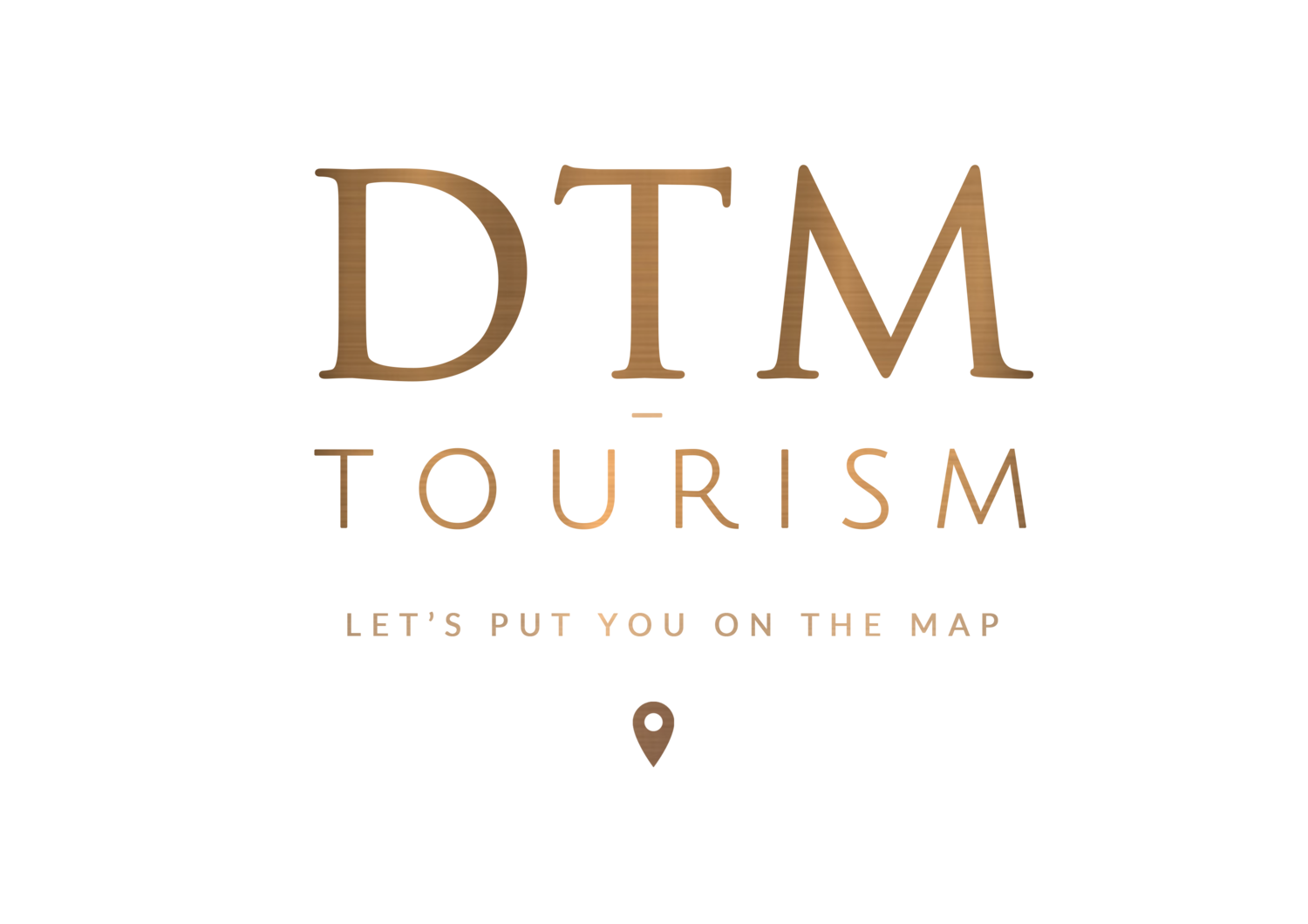
CASE STUDY / TOURISM WA
WILDFLOWER COUNTRY PRE-FEASILBITY STUDY
CLIENT: Tourism Western Australia (TWA)
DTM Service: Strategy Planning
Completed: July 2022
PROJECT SUMMARY
EXPLORE THE OPPORTUNITY TO EXTEND WA’S WILDFLOWER SEASON THROUGH PERRENIAL WILDFLOWER DISPLAYS
For most of the year, Western Australia’s mid-west region to the north-east of Perth greets visitors with vast expanses of farmland, natural bush landscapes and a dry, arid climate. The primary industry of the region is agriculture and tourism plays a minor role in the region’s visitor economy. What is not immediately obvious to visitors to the region, is the incredible biodiversity that hosts more than 12,000 different types of wildflowers which emerge from hibernation in the Spring, from July to October each year.
Like all nature attractions, the proliferation of WA's annual wildflower season is weather dependent, making the length of the season inconsistent year-on-year. DTM was appointed to undertake a pre-feasibility study in the region to determine opportunities for the development of wildflower plantings and activations that could ensure the delivery of a consistent wildflower experience, to fulfill consumer expectations.
Everlastings near Mullewa
VISITORS
The project sought to understand what constitutes a wildflower experience for varying target audiences and what motivates visitors to seek out wildflowers.
Wreath Flowers
HERO SPECIES
Unique and rare species flower throughout the Mid-West region. The study explored if visitors would be motivated to disperse by the promotion of an iconic species in each Shire.
Wildflower Art in Three Springs
ACTIVATION
The study investigated what was required to achieve community buy-in to activate visitor amenities and main streets, encouraging visitors to stop, stay and spend.

2. THE CHALLENGE
HOW TO REINVIGORATE REGIONAL COMMUNITIES THROUGH WILDFLOWER TOURISM.
This pre-feasibility study focussed on ‘Wildflower Country’; a collective group of 10 local government areas located just north of Perth, including the City of Greater Geraldton (including Mullewa) and the shires of Carnamah, Coorow, Dalwallinu, Dandaragan, Moora, Morowa, Mingenew, Perenjori, and Three Springs.
Road access to Wildflower Country is via inland and coastal routes, which for most months of the year, see limited tourism traffic. Tourism servicing is therefore inconsistent and risks a perception that there is little to do in towns. Quality visitor amenities are not prioritised and result in a perception that some regional towns are tired and therefore not worth stopping. However, the wildflower season contributes significantly to each region’s visitor economy and through ensuring a quality, consistent wildflower experience, tourism growth can potentially be achieved. Increased visitation is likely to be a catalyst for improved visitor servicing and amenities, which will in turn, benefit residents of regional communities.

3. OUR APPROACH
LET’s EXPLORE WHAT IT TAKES TO BE A WILDFLOWER TOWN
We approach each tourism project with a thirst to understand the region’s stories. What makes each town tick and how does the community value tourism? How can we build a place identity and inspire the community with fresh ideas?
WE ASKED A LOT OF QUESTIONS
Whilst this project sought to inspire planting projects in each town, what would the community think about contributing ratepayer’s money to wildflower tourism? What projects could deliver social value to the community? Could those projects include wildflowers and contribute to education, community engagement and nature preservation?
WE GOT CREATIVE
Working with themes of experience, we created new storyboards. We worked with new concepts aligned to visitation trends, success stories in similar regions and then used our extensive experience in tourism logistics to assess if concepts could become practical and profitable.
WE ENABLED NEW DIRECTIONS
The last thing we want is a report that sits on a shelf, never to see the light of day. Our recommendations were made with clear directions to enable communities to implement real change.
4. THE OUTCOME
2021 was a spectacular season for WA’s Wildflowers with anecdotal comments in media reporting that it had been the best season in 20 years. Early rain through the mid-west contributed to germination of wildflower seedbanks and mild temperatures combined with consistent rain ensured that flowers were sustained for a longer season than usual this year. With milder weather in 2022, wildflower visitors were still travelling through the mid-west region into late October and whilst the carpets of wildflowers were no longer blooming, the road verges in some areas were still colourful. The length of the season was the difference for mid-west communities that year compared to previous, however, as visitor data is not adequately collated, it has been difficult to determine what this season meant in practical growth.
However, an extended season is likely to demonstrate that if this could be achieved through well managed planting projects and marketed appropriately, potentially visitors will be motivated to venture into the regions to experience wildflower attractions, delivering strong economic return to regional communities.
Our report was provided to Tourism WA for consideration, recommending that a broader partnership with Western Australia’s Botanic Parks and Gardens would be the most sustainable solution to guaranteed wildflower supply.




